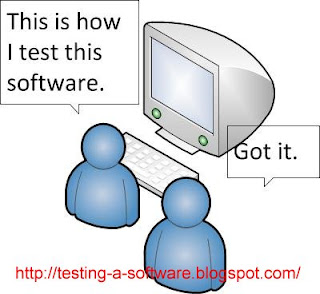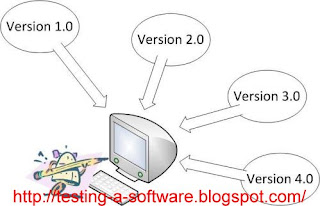Risk Based TestingRisk Based Testing is a method for prioritizing the tests based on the risk of their failure because tester cannot test everything within available resource.
To use Risk Based Testing, we normally use following factor to prioritize tests:
- Usage frequency.
- Cost of failure.
- Impact module from change.
We should work closely with business and developer to get this information. We should do other testing techniques (e.g., black box testing technique, automation, regression testing) to optimize the cost of testing as the supplementary...












